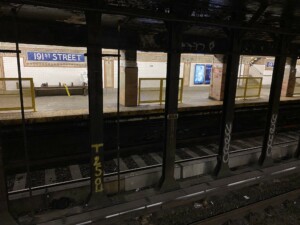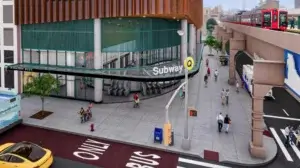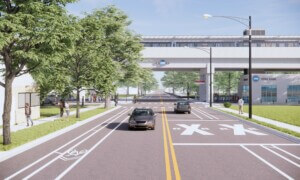The increasingly dire outlook for New York City’s budget as a result of the coronavirus-induced shutdown has been well-publicized thus far, but now the New York Metropolitan Transportation Authority (MTA) is grappling with the fallout as well.
In January of this year, in an effort to bolster accessibility in the NYC subway system, meet Americans with Disabilities Act (ADA) compliance, and overhaul crumbling stations around the city, the MTA announced a broad, $51.5 billion capital plan. If enacted, the 2020-2024 capital plan would have installed elevators at 23 subway stations around the city, improved conditions at a total of 70 subway stations overall, and invested $40 billion in improving rail infrastructure, bus lanes, bridges, and commuter rail tunnels.
All that looks to, unfortunately, be on hold now. As local news site The City reported last night, today the MTA is expected to announce an indefinite continuation of the freeze on capital projects it instituted in March. Although the 2020-2024 capital plan hadn’t accrued funding yet, the freeze also affects implementation of the $30 billion 2015-2019 capital plan, which included signal modernization, other accessibility upgrades, and repairs along the 7 line.
The decline in subway ridership during the pandemic (down by 90 percent), increased cleaning costs, and the drop in toll revenue has hit the agency hard. The MTA reportedly plans on asking for $3.9 billion in federal HEROES Act funding at its board meeting today, and if it doesn’t receive help, instead of improving service, the alternative could be further cuts. Subway trains have already stopped running between 1:00 a.m. and 5:00 a.m. every night, a first for the city that never sleeps, and transportation advocates fear that without intervention, this stoppage could become permanent.
While fare hikes are supposedly off the table for the time being, the Regional Plan Association has estimated that if the agency relied on subway and bus fares to make up the shortfall, travelers would be paying $9 per (one-way) trip. However, for the time being, the MTA has taken that option off the table. Aside from federal and state funding, one possibility would be to implement a gasoline tax to raise funds for the ailing agency.











